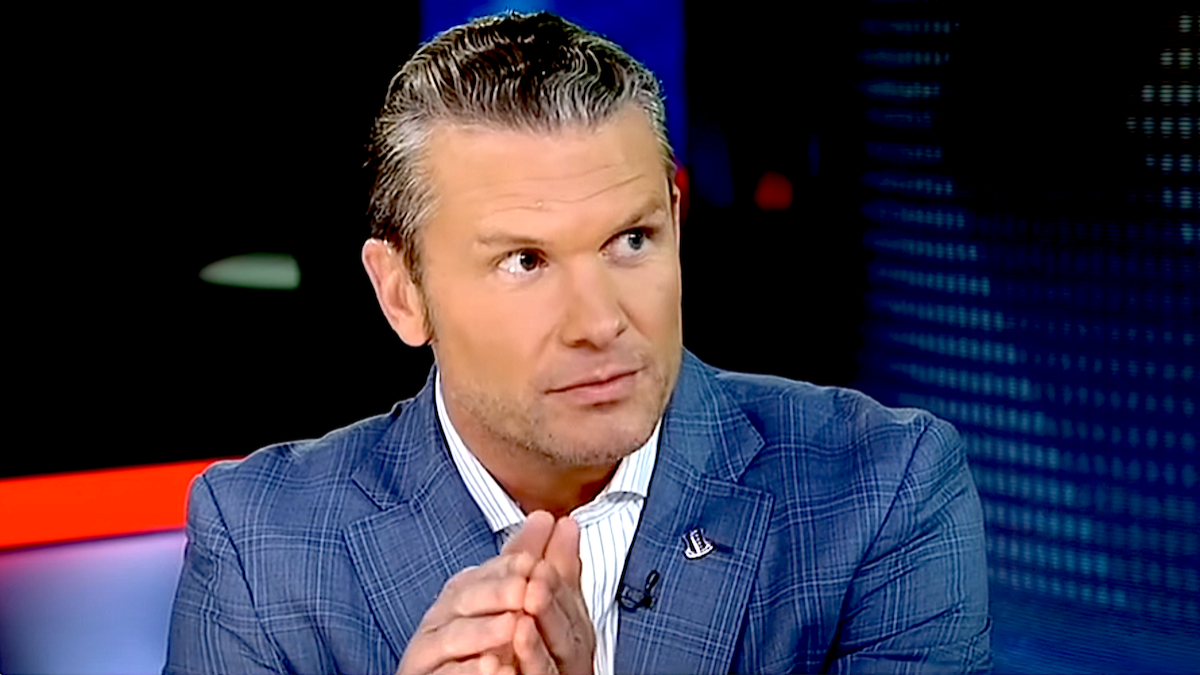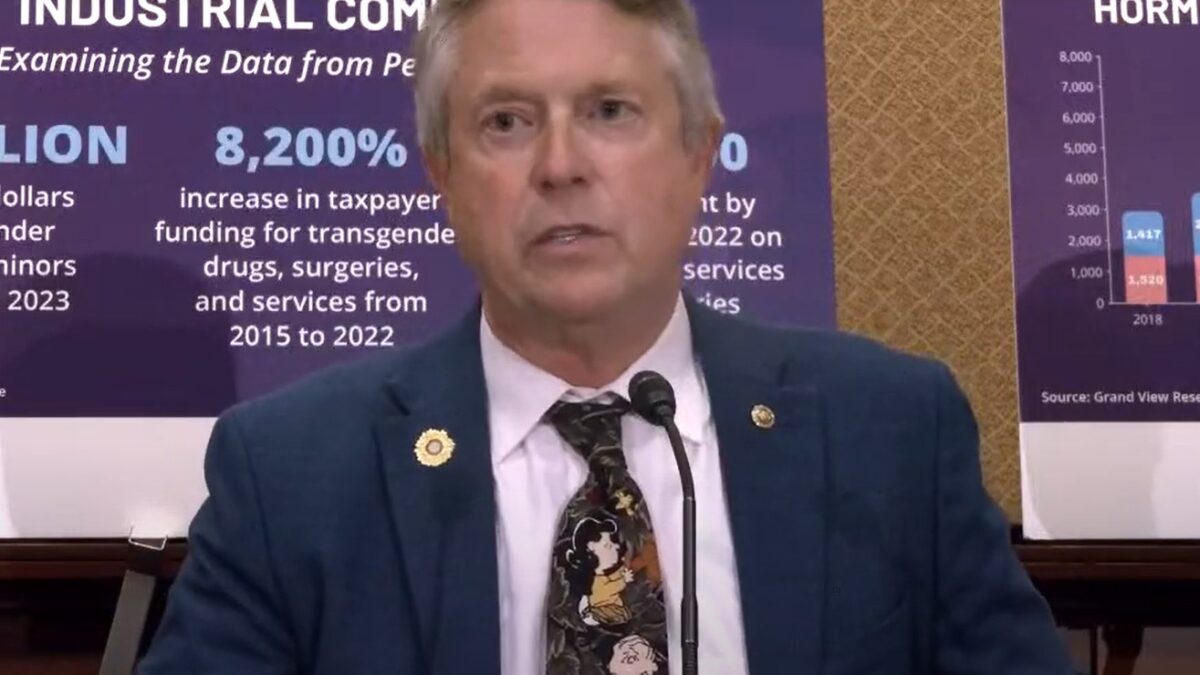
Republicans have good reason to be optimistic about the next ten years.
While the chaotic presidential race has been its own beast, Republicans had what should have been an impossibly good night in November 2020, according to corporate media pollsters. Senate Republicans knocked out a wave of overpaid and overhyped challengers, state legislative chambers and a governorship were taken, and the Democratic House Majority was cut to the bone by a wave of red upsets.
This upset, just like the surprise of 2016, is not a fluke. Through poor strategy, radical politics, and an extraordinary amount of hubris, Democrats have set up a series of problems for themselves that will not be resolved be 2022 and have the potential to cripple the left-wing enterprise for the next ten years. Here are five of the biggest.
1. The Senate Isn’t Getting Any Better for Democrats
If Democrats can’t take the Senate this year, they aren’t going to any time soon.
As the upper chamber is designed to give smaller states a say in governance, until now both parties have listened to rural interests in their platforms. Today’s Democrats, on the other hand, are virtually unprecedented in their failure to appeal to voters in sparsely populated regions.
With their platform tailored by and for coastal (and urban) voters, the Democrats have allowed Republicans to take an immense structural advantage in the Senate. As long as Democrats are the tent with Defund the Police, pro-abortion policy, and higher taxes inside, there’s little reason to believe this situation is due for a fundamental change.
This year in the Senate is a perfect case study in the Democratic National Committee’s problem. Republicans held a thin majority and were required to defend 23 seats from attack, compared to just 12 for the Democrats. Add a partisan corporate media, anti-conservative tech censorship, and 2-1 PAC and Super PAC donations for Democrats, and 2020 marked their best opportunity for a Senate flip in a decade at least. And it’s looking like it still didn’t happen.
Both 2022 and 2024 cycles will see an environment mathematically more favorable to Republicans than this year. Six more years of Republicans refusing to wholeheartedly destroy the nation by going along with their plans for increased nationalization of industries would be devastating to the Democratic agenda and enthusiasm. And the situation is entirely their own fault.
This forms a natural connection to the Democrats’ next biggest problem.
2. The Party Is Pulling Apart at the Seams
The Party of Unity is anything but, and it’s going to hurt Democrats until the issue is resolved.
Vitriolic spats have erupted across the Democratic interior as the party’s surviving centrist wing and burgeoning socialist one trade barbs and blame over their 2020 failures. Moderates such as Sen. Joe Manchin and a host of House members in purple districts have blamed the results on the party’s hard left turn.
The socialist wing, meanwhile, has doubled down on its position. Rep. Alexandria Ocasio Cortez is openly mocking Manchin for opposing Defund the Police, and Rep. Rashida Tlaib is directly accusing moderate Democrats of trying to “silence” black people for worrying about the hard left turn in the party.
These two strategies are entirely mutually exclusive. Orienting either way would inevitably isolate voters on the other side; it’s hard to appeal to both white socialist millennials in addition to Venezuelan and Vietnamese American voters in the same tent. Continuing to awkwardly incorporate both factions leaves them vulnerable to criticism from both.
As long as this state of affairs continues, the Democratic Party will be the party of socialists to moderates, and the party of corporatists to the socialists. Both will do no favors for Democratic enthusiasm — especially with the problems they are about to face in the House.
3. Republicans Have a Key Advantage in the House for a Decade
Democrats took a net loss of state legislative chambers and governors on Nov. 3 in a year they needed it more than any other. The set of legislators elected this cycle will be in charge of drawing up the districts determining the next ten years of House races in the majority of states. Once again, Democrats did not perform well enough in most states to land this perk for themselves.
The end result of this will be a generally favorable electoral map for Republicans for the next ten years across the board. Most immediately important is the leg up this will give Republicans in their quest to regain House control in 2022, a goal they’re already in a strong position to accomplish given their current gains.
The failure of Democrats to gain statewide support in broad swathes of the country is going to bite them in both the lower and upper house in the next decade. And they can’t count on driving high turnout to bail them out anymore.
4. High Voter Turnout Did Not Unleash a Blue Tsunami
Sorry, Vox: Americans just don’t secretly love the left.
An enduring myth at the heart of the left-wing worldview is that their ideas represent the will of the majority. The narrative is visible just about everywhere, from celebrity vote drives to endless media claims of “suppression” somehow holding back a wipeout of Republicans that is always just around the corner.
The 2020 election repudiates this Democrat Dream. Nov. 3 saw the highest voter turnout in American history by absolute votes, with about 160 million cast. That’s about about 30 million more than in 2016. It was also the highest turnout as a percentage of the population since 1900. And the Republicans drastically overperformed in this environment.
As part of this, huge swathes of the country Donald Trump captured from the one-time Obama coalition have been brought into Republican orbit. Of the 206 counties flipped in 2016, only 19 were won back by Joe Biden in 2020.
The average American just isn’t behind the party of “defund the police.” Who would’ve guessed? And all these problems are exacerbated by the death of another deep-set Democratic myth — this one with even larger long-term consequences.
5. Minority Voters are Souring on the Democratic Party
Democrats had one more reason to count on future wins. “Demography is Destiny” — the belief that as the country encompasses fewer people of European descent, it will overwhelmingly vote Democrat — has been a key part of the party’s long-term strategy. This has included rampant identity politics and defending a range of unpopular positions, such as defunding police departments, slavery reparations, and amnesty for illegal immigrants. This was all done at the cost of losing many working-class white voters.
And now it seems “Demography is Destiny” isn’t going to happen either.
Asian American, black, and Hispanic American voters all made substantial movements towards the Republican Party this year at 5 percent, 4 percent, and 3 percent, respectively. This shift was especially pronounced in Florida, where nearly 50 percent of Hispanics voted for Trump, compared to around 35 percent last year.
The long-term implications of this could be immense. A consistently red Florida alone would give conservatives a huge advantage in the coming decade’s presidential elections. And while Republicans have a ways to go yet with all these groups, the simple fact is there’s no reason to believe these voters are going to become bluer over time, and good reason to think the opposite.
Democrats could well lose their grip on their most consistent voting bloc, just as they lost their hold on the working class vote in 2016. Combine these two trends, and you have a recipe for catastrophe cooking in the DNC.
The DNC is, of course, aware of all of these problems. They will use any tool at their disposal to staunch the bleeding. But it seems unlikely the party is about to ditch identity politics, court rural and small states with moderate policies, break off from their most socialist wing, or perform any of the other changes that would relieve the underlying causes of their long-term problems. As long as they’re doing this, the Republicans have good reason to look with cautious optimism to the next ten years of American politics.








